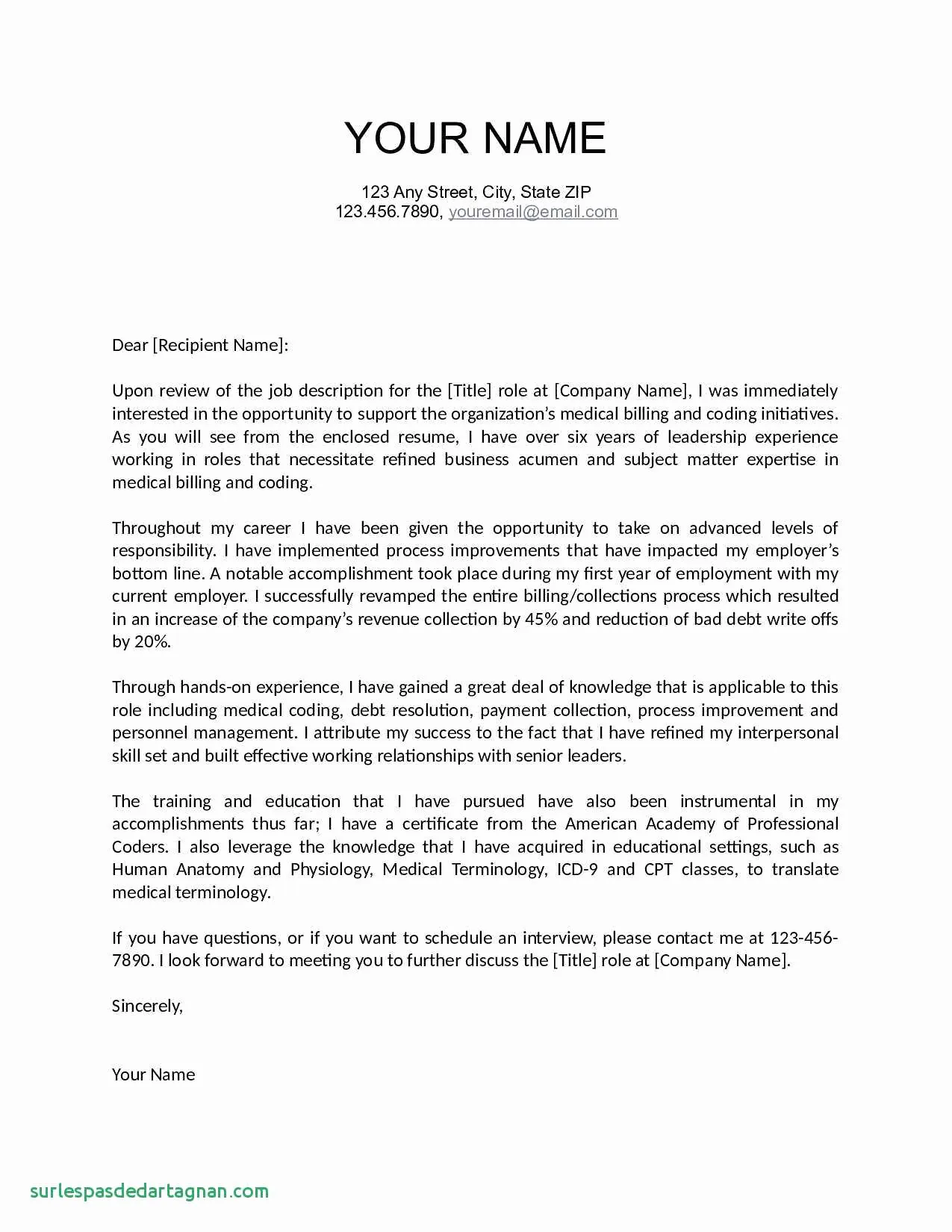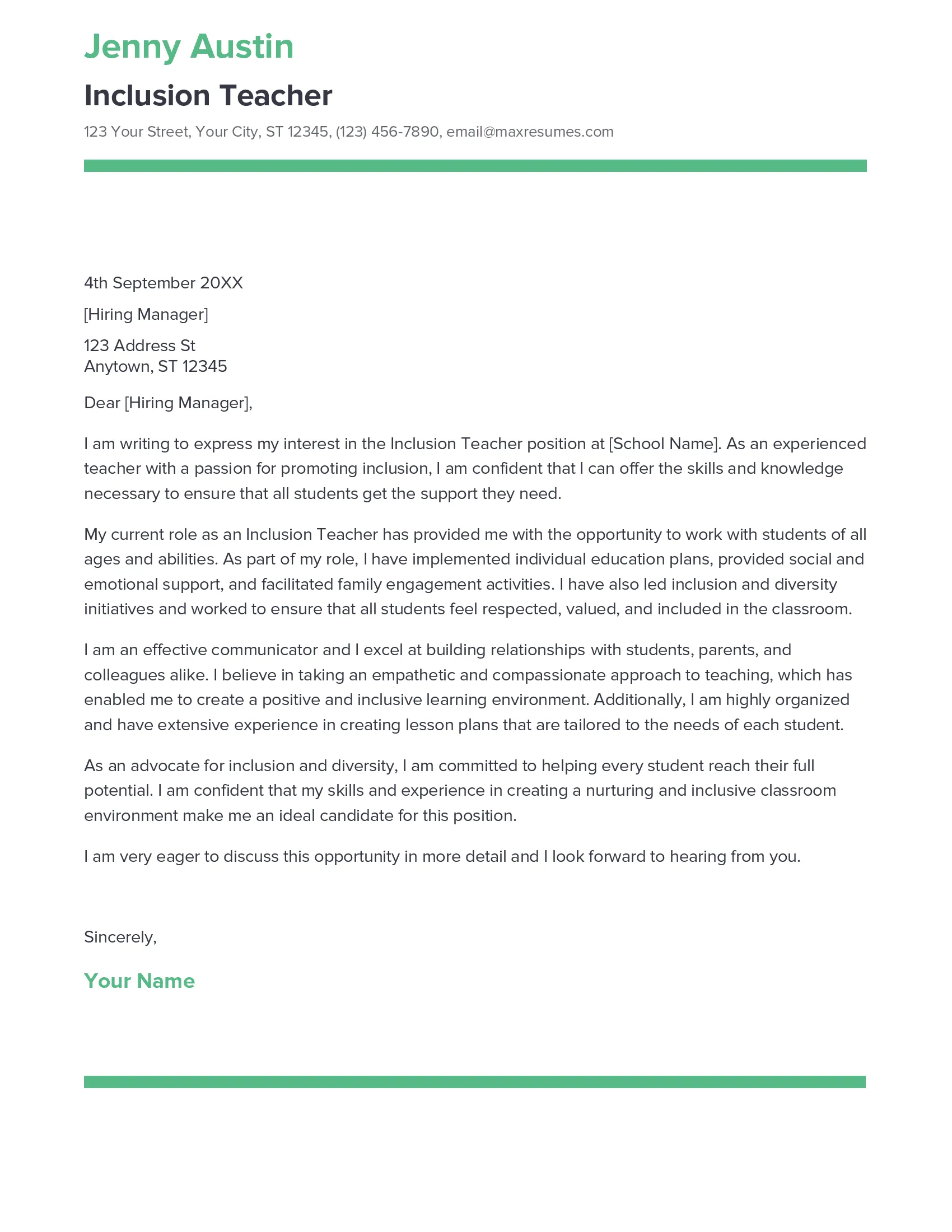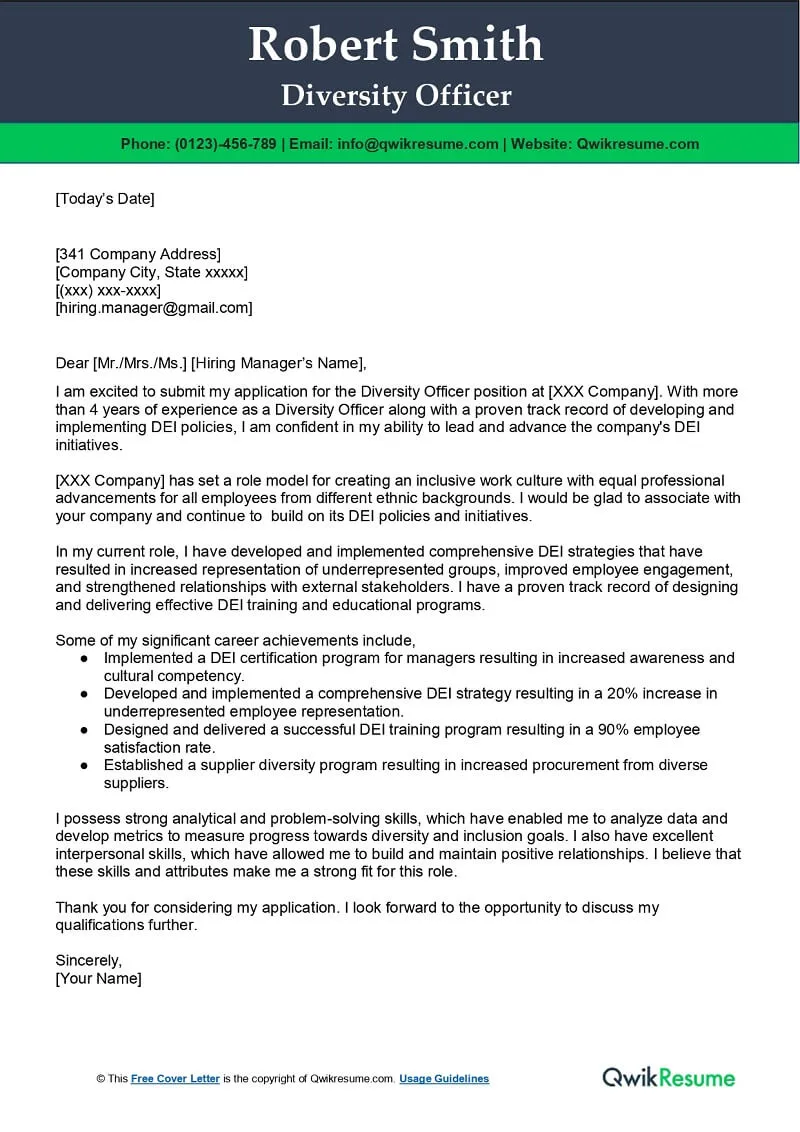Crafting a Cover Letter for Diversity and Inclusion
In today’s job market, demonstrating a commitment to diversity and inclusion is not just a plus; it’s often a requirement. Your cover letter offers a prime opportunity to showcase your understanding and dedication to these crucial principles. It’s a chance to go beyond simply listing skills and experiences, and to articulate how your values align with the company’s culture. A well-crafted cover letter can set you apart from the competition, signaling to potential employers that you are not only qualified but also a valuable asset in fostering an inclusive workplace. Therefore, approaching the cover letter with strategic intent, highlighting your relevant experiences, and using the right language is key to making a positive impression.
Highlighting Your Commitment
Begin by explicitly stating your commitment to diversity and inclusion. This can be as simple as mentioning your belief in the importance of a diverse and inclusive work environment and how you actively seek to contribute to it. Providing specific examples of your past experiences that demonstrate your commitment to these values is crucial. This could include involvement in diversity initiatives, participation in cultural awareness training, or any volunteer work related to promoting inclusivity. Be genuine and authentic in your expression; potential employers can recognize insincere statements. Showing, not just telling, is the most effective way to convince them of your genuine commitment. It demonstrates a clear understanding of what diversity and inclusion entail and your personal investment in creating such an environment.
Showcasing Relevant Experiences

Your experiences are critical in supporting your claims of commitment. Think about any experiences that highlight your understanding and practice of diversity and inclusion. This might include leading a team with diverse backgrounds, participating in mentorship programs, or contributing to initiatives that promote equity. For example, if you’ve volunteered with organizations focused on promoting diversity or inclusion, or if you have worked in multicultural environments, mention those experiences and what you learned. Describe the specific actions you took and the outcomes. When showcasing these experiences, focus on the impact you had and how your actions contributed to a more inclusive environment. The more specific you are, the more compelling your cover letter will be, and the more likely it is to make a lasting impression.
Quantifying Achievements
Wherever possible, quantify your achievements related to diversity and inclusion. Instead of saying you ‘supported a diverse team,’ specify the number of people involved or the percentage of team members from underrepresented groups. If you spearheaded a diversity training program, include the number of participants or the positive feedback received. If you initiated a mentorship program, specify the number of mentors and mentees involved and the positive outcomes achieved. These metrics provide concrete evidence of your impact and help demonstrate your dedication and effectiveness. They give the hiring manager a tangible understanding of your capabilities and commitment, making your application stand out from others. Using quantifiable achievements is a powerful way to showcase the value you bring to an organization.
Addressing Unconscious Bias
Demonstrate your awareness of unconscious bias and how you actively work to mitigate it. This can be achieved by describing how you make decisions, manage team dynamics, or participate in hiring processes. Perhaps you’ve taken courses on unconscious bias or actively seek diverse perspectives when making decisions. Explain the steps you take to ensure fairness and equity in your interactions and work. Mentioning any training you’ve undertaken, such as diversity and inclusion workshops, is a great way to demonstrate your commitment to understanding and addressing these biases. Showing that you proactively address unconscious biases not only demonstrates self-awareness but also suggests that you’re a valuable asset in promoting a more inclusive environment.
Formatting and Style Tips

Keyword Optimization
Incorporate keywords relevant to diversity, inclusion, and the specific values of the company. This could involve using words like ’equity,’ ‘belonging,’ ‘representation,’ and other terms that resonate with the organization’s mission. Carefully review the job description and company website to identify the terms they use to describe their diversity and inclusion efforts. Naturally integrate these keywords into your cover letter to show you are familiar with their priorities and speak their language. This helps your application get noticed by Applicant Tracking Systems (ATS) and demonstrates your genuine interest and understanding of their diversity and inclusion initiatives. Be sure to use these keywords in a way that feels authentic and professional.
Formatting for Readability
Ensure your cover letter is well-formatted and easy to read. Use clear headings, bullet points, and concise paragraphs to break up large blocks of text. This improves readability and allows the hiring manager to quickly grasp key points. Maintain consistent formatting throughout the document, using a professional font and appropriate margins. Keep your paragraphs concise and to the point, avoiding jargon or overly complex sentences. A well-formatted cover letter demonstrates attention to detail and respect for the reader’s time, and also makes it more likely that your key points will be noticed and remembered. A clean, uncluttered format will help the recruiter focus on the content rather than the style.
Proofreading and Editing

Always proofread your cover letter meticulously for any grammatical errors or typos. Errors can undermine your credibility and give the impression that you are not detail-oriented. Read your cover letter aloud to catch any awkward phrasing or unclear sentences. Ideally, have a friend, colleague, or career counselor review your letter for feedback. They can catch mistakes you might have missed and provide suggestions for improvement. Pay close attention to the tone of your letter, ensuring it is professional, enthusiastic, and reflects your commitment to diversity and inclusion. A polished, error-free cover letter shows your professionalism and attention to detail, making a positive impression on potential employers. The final proofreading stage is critical in presenting the best version of yourself.
Demonstrating Cultural Sensitivity
Researching the Company Culture
Before you start writing, research the company’s values and diversity initiatives. Visit their website, read their mission statement, and review their social media presence. Look for any statements about diversity, equity, and inclusion and note the specific language they use. Understanding the company’s commitment allows you to tailor your cover letter to align with their values and priorities. Tailoring your letter demonstrates genuine interest in the organization. Moreover, it shows that you understand their needs and are willing to contribute to their mission. The more you know about their culture, the better you can express how your experiences and values align with theirs.
Using Inclusive Language

Use inclusive language throughout your cover letter. This means avoiding gendered pronouns, using person-first language, and being mindful of potentially biased terms. When referring to groups of people, use the language the company uses. If you’re unsure, err on the side of caution and use broader, more inclusive terms. For example, instead of ‘men and women,’ consider using ‘people’ or ‘individuals.’ Using inclusive language is a sign of respect and sensitivity, demonstrating your commitment to creating an environment where everyone feels welcome and valued. It shows that you are aware of the importance of language and its impact on others.
Tailoring Your Letter
Customize your cover letter for each job application. Generic cover letters are easily recognizable and do not resonate with hiring managers. Instead, tailor your letter to the specific requirements of the job and the values of the company. Mention the skills and experiences that align with the job description and explicitly connect them to the company’s diversity and inclusion goals. This might involve highlighting specific initiatives the company has launched or stating how your skills would contribute to their ongoing efforts. Demonstrate that you understand the company’s needs and how you can help them achieve their objectives. Customization shows that you’ve put in the effort to understand the role and the organization. It significantly increases your chances of making a positive impression.
In conclusion, a cover letter that effectively communicates your commitment to diversity and inclusion is a powerful tool for making a strong first impression. By highlighting relevant experiences, quantifying achievements, and using inclusive language, you can demonstrate your understanding and dedication to these crucial values. Remember to research the company’s culture, tailor your letter to the specific role, and always proofread for accuracy. Your cover letter is your chance to stand out and show potential employers that you are a valuable asset in creating a more diverse and inclusive workplace. By following these tips, you can craft a cover letter that not only gets you noticed but also sets you apart as a champion of diversity and inclusion.
